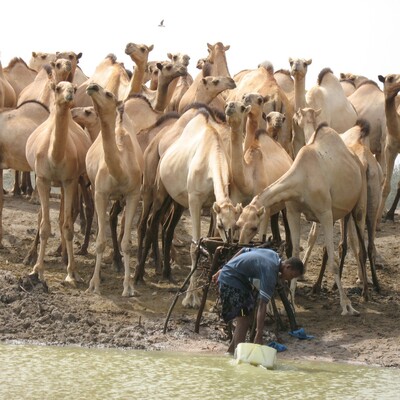
Assessment of aflatoxin B1 contamination in maize and awareness of aflatoxins in Son La Province
Abstract
Research Objectives
This research was conducted to evaluate the prevalence of aflatoxin B1 contamination in maize and residents’ awareness of aflatoxins in Son La province.
Materials and Methods
Materials included maize samples and the Sigma-Aldrich® Aflatoxin B1 Low Matrix ELISA kit.
Maize samples were randomly collected at the end of the rainy season from 25 communes in 5 districts in Son La with recording GPS location. All maize samples were analysed for AFB1 contamination in Lab, using the Sigma-Aldrich® Aflatoxin B1 Low Matrix ELISA kit. Besides, questionnaire survey was simultaneously carried out with maize collection using face-to-face interviews. Eventually, all data were imported into Microsoft Excel 2010 and analyzed using STATA (version 14.0, StataCorp, College Station, TX, USA). ArcGIS version 10.4.1 ArcMap (ESRI, Redlands, CA, USA) was used to create the map.
Main findings and conclusions
The prevalence of AFB1 contamination in maize in Son La was lower when harvested in the field; however, this prevalence was higher in the rainy season. Noticeably, most people had adequate awareness of molds and their impacts on human and animal health, but they lack insight of aflatoxins and the impacts of aflatoxins, particularly ethnic minority groups.
In conclusion, the findings can conclude that maize in Son La is exposed to AFB1 to varying degree, and there may be a risk that maize production could contain AFB1. Therefore, we believe that this study produces evidence on potential risk to humans and animals in Son La and will inform science-based messages for reducing risk. Addtionally, the findings underline the need to enhance public's awareness about aflatoxins and health risks associated with aflatoxins on human beings and animals.
Citation
Nguyen Thi Thanh Xuan. 2017. Assessment of aflatoxin B1 contamination in maize and awareness of aflatoxins in Son La Province. MSc thesis. Hanoi, Vietnam: Vietnam National University of Agriculture.









